Cyber Dharma: Celebrating E-Vesak in Singapore
contributed by Jack Chia, 03 Jun 2020
Buddhists in Singapore, which make up about a third of the population, are the religious majority in the global city-state. Although most Singaporean Buddhists are ethnic Chinese belonging to the Mahayana tradition, Theravada and Vajrayana Buddhist traditions are also present and popularly practiced on the island. Therefore, it comes as no surprise that Vesak is a widely celebrated holiday among the Buddhist community in Singapore.
Vesak commemorates the birth, enlightenment, and passing of the historical Buddha Sakyamuni. In 1955, Singapore’s Buddhist community, after several failed attempts, successfully petitioned the then British colonial government for Vesak to be declared as a public holiday. While most Buddhist organizations in Singapore celebrate the religious festival, their practices and methods of celebration may vary.
In light of the Covid-19 pandemic, on 7 May Buddhists around the world have turned to the Internet for their Vesak celebrations. With Circuit Breaker measures in place in Singapore, places of worship remained closed and many Singaporean Buddhists have taken to venerating the Buddha online.
On 20 April 2020, about two weeks before Vesak Day, some Buddhists in Singapore created a Buddhist United Facebook page to consolidate and publicize online Vesak activities by various Singaporean Buddhist organizations. The bilingual Facebook page, which is a play of words on the Singapore government’s slogan (“SG United”) to fight the virus, aims to “share information and reach out to the entire Buddhist community in Singapore” to celebrate Vesak on the Internet.
On 5 May, Buddhist United released a pre-recorded Vesak Day message featuring prominent Buddhist in Singapore, including Venerable Seck Kwang Phing (释广品) from the Singapore Buddhist Federation, Venerable K Dhammika from the Singapore Buddhist Mission, Chao Khun Rian from Wat Ananda Metyarama, and Venerable Shi You Guang (释有广) from the Samantabhadra Vihara. The Buddhist leaders urged Singaporean Buddhists to practice the Buddha’s teachings at home, participate in online Buddhist activities, and pray for those who have been affected by the pandemic.
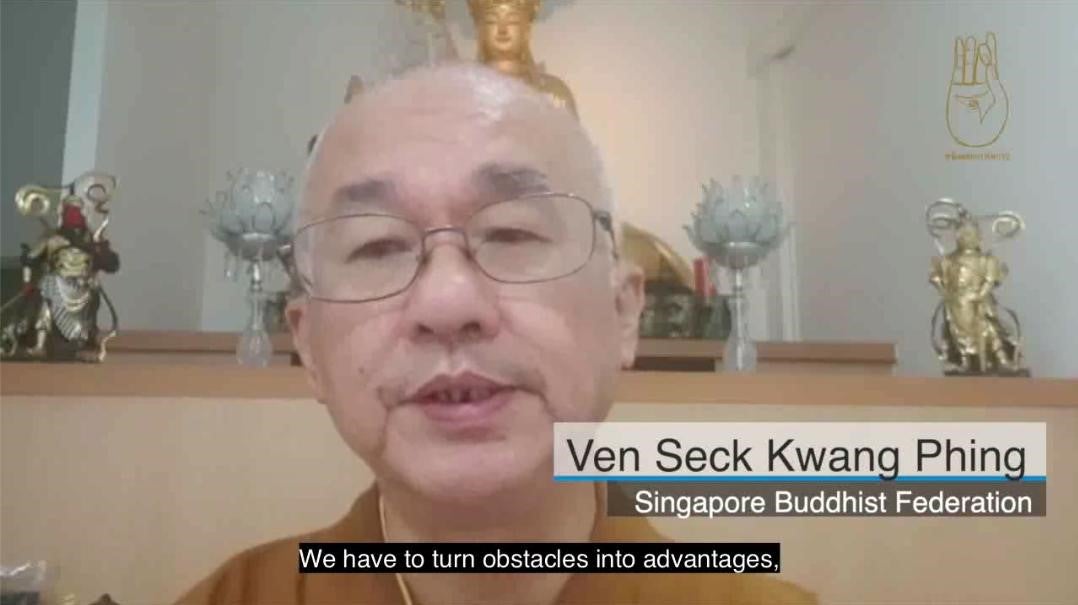
Figure 1: Screenshot of Buddhist United’s Vesak Day message
Source: https://www.facebook.com/SGBuddhistUnited/videos/643782922839770
On Vesak Day itself, Buddhist United posted a list of ten activities that Buddhists can do to celebrate the religious festival. The ten suggested activities were:
- Bathe the baby Buddha
- Short chanting
- Eat vegetarian meals
- Light offering
- 5-minute meditation
- Enrich knowledge through Dharma sessions
- Practice generosity through Dana
- Participate in e-Vesak activities
- Be nice to everyone (especially to essential workers)
- Like and share the Buddhist United page
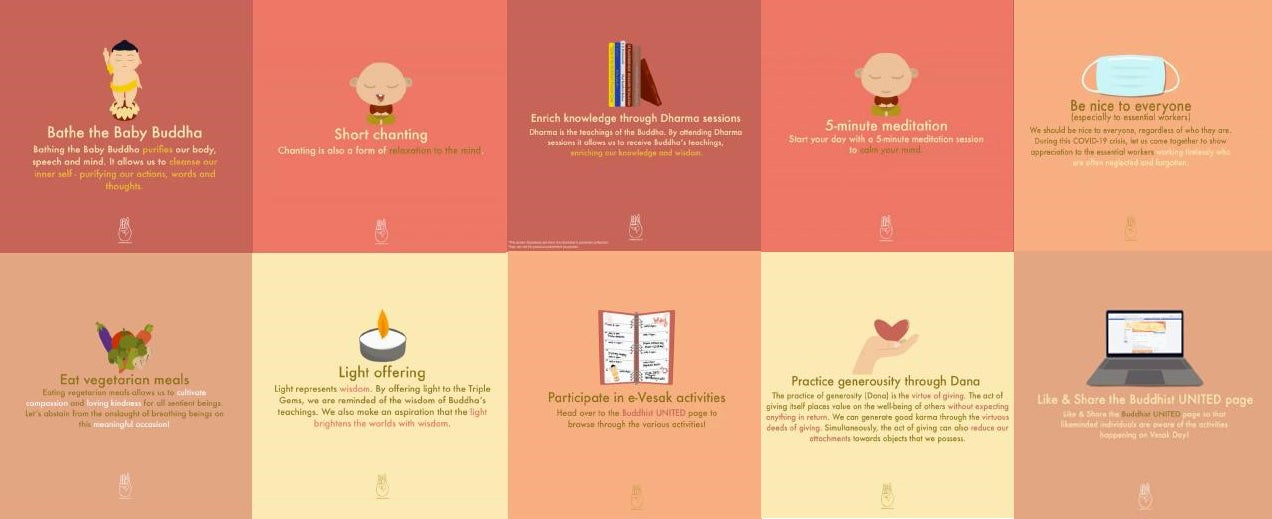
Figure 2: Ten things to do on Vesak Day
Source: https://www.facebook.com/watch/?v=375946400033137
The Buddhist United page has proved to be a useful resource for me to track down a wide range of activities for the e-Vesak celebrations. It listed the online programs of Buddhist organizations from various traditions, including the Singapore Buddhist Federation, the national umbrella organization for Buddhist monasteries and associations; major temples such as Kong Meng San Phor Kark See Monastery, Mangala Vihara, Sakya Tenphel Ling, and Wat Ananda Metyarama; and smaller Buddhist groups such as the Buddhist Fellowship, Dhammakami Buddhist Society, and Oxford Buddhist Vihara.
Singapore Buddhist Federation (SBF), which had previously produced a series of popular short online videos on frequently asked questions about Buddhism, has been active in using the Internet to engage a younger audience. It created a new e-Vesak Facebook page two weeks before Vesak to allow online light offerings and donations. On the day of Vesak, SBF and its youth group launched a five-hour online program on Zoom and Facebook Live to celebrate the Buddhist holiday. The celebrations included light offerings and bathing of the baby Buddha rituals led by Venerable Kwang Phing, talks by monastics and laity, as well as the screening of pre-recorded videos.
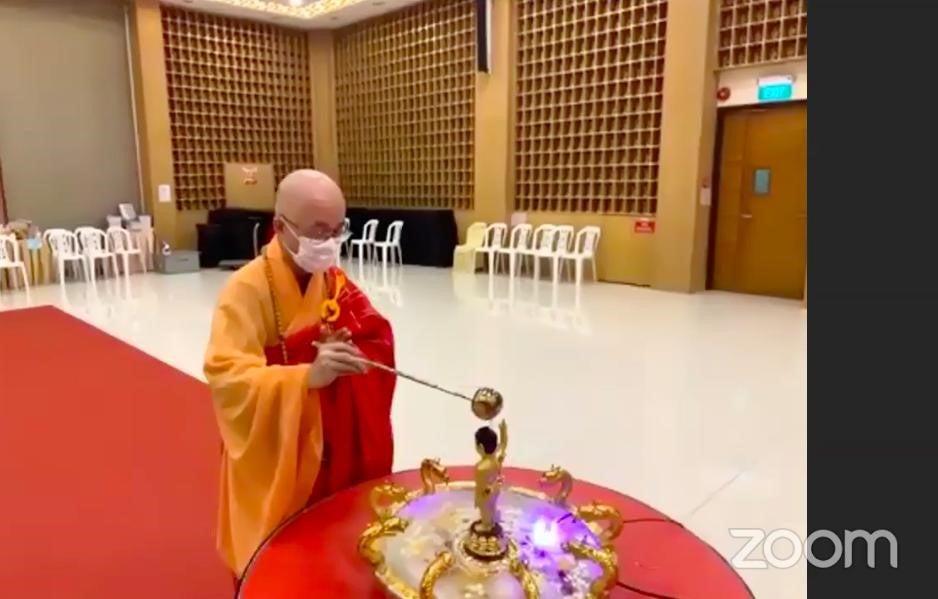
Figure 3: Program List of SBF’s E-Vesak Celebrations
Source: https://www.facebook.com/SBFeVesak/videos/237972227492606
Kong Meng San Phor Kark See Monastery(光明山普觉禅寺), the largest Buddhist temple in Singapore, was unable to hold its widely attended light transference and three steps, one bow ceremonies for Vesak this year. Therefore, the monastery introduced an online service for Buddhists to make light, flower, and food offerings to the Buddha on its Awareness Place website. Devotees could select one of the four dedication messages when they “checkout” their e-offerings in the shopping cart: career success; Buddha’s boundless love and blessings; good health and plentiful blessings; and peace and harmony.

Figure 4: Making a light offering online
Source: https://www.awarenessplace.com/gift-of-bliss/light-bliss.html
Wat Ananda Metyarama, a Thai Theravada temple popular among both Thai and Singaporean Buddhists, held a Vesak blessing chanting for several hours on Facebook Live that started at 8am in the morning. The temple prepared the Pali devotional passages with English translation side by side. Since most Singaporean Buddhists cannot read Pali, the English translations help them understand the passage they chant.
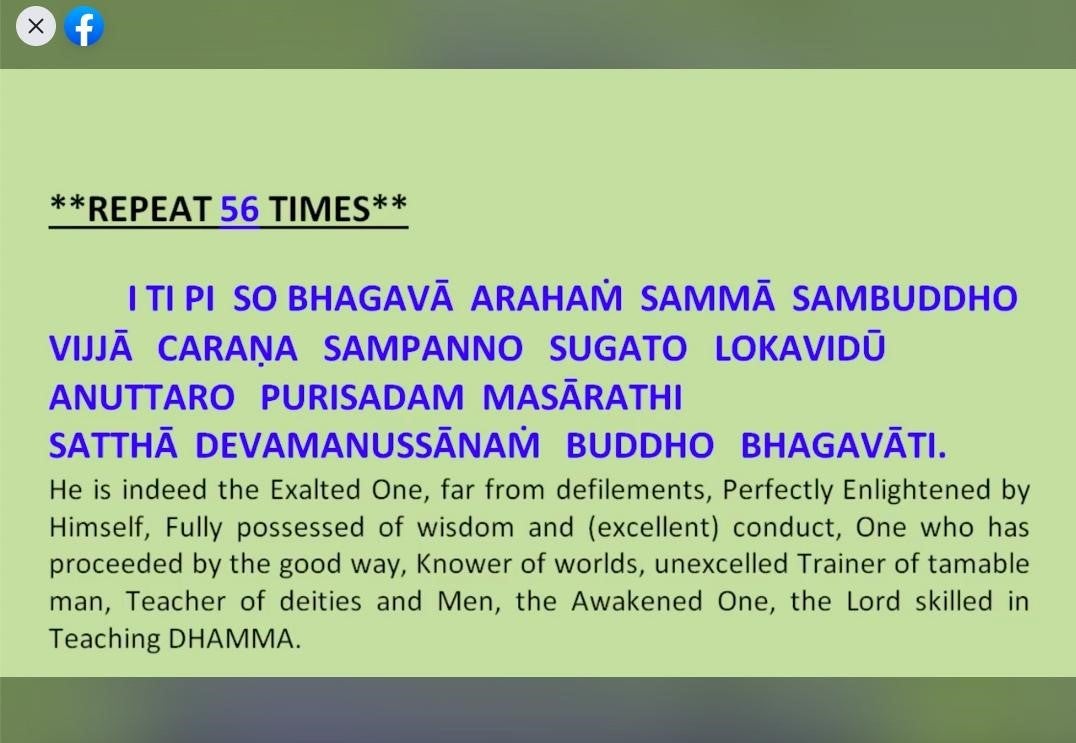
Figure 5: Pali devotional passages with English translation side by side
Source: https://www.facebook.com/watch/live/?v=237957277308957
In recent decades, Taiwanese transnational Buddhist organizations (or “mega-temples” as I call them), such as Fo Guang Shan (佛光山), Tzu Chi Foundation (慈济功德会), Dharma Drum Mountain (法鼓山), and Bliss and Wisdom Foundation (福智佛教基金会), have gained a big following among the Singaporean Chinese community.
As I have argued elsewhere, Fo Guang Shan has long been harnessing popular culture and technology in proselytizing to the IT-savvy younger generation in Taiwan and beyond. Fo Guang Shan Singapore(新加坡佛光山), just like its headquarters in Kaohsiung, has been relying on various social media platforms to propagate the Dharma. The organization held a Dharma service on the evening of Vesak using YouTube Live to bathe the baby Buddha and make light offerings.
More interestingly, a friend shared with me that Fo Guang Shan members were circulating a webpage, produced by the Fo Guang Shan headquarters, which allows the public to bathe the Buddha online. To my amazement, the website has been visited more than 4 million times worldwide
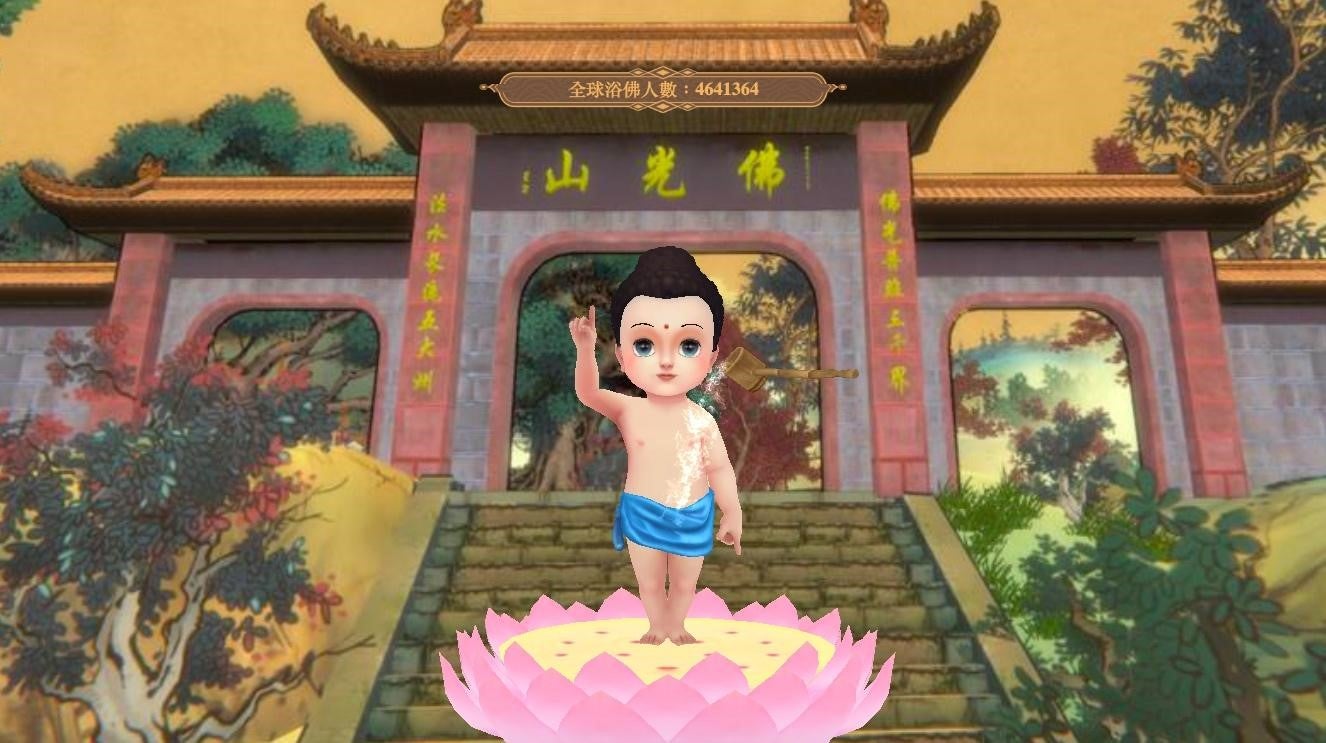
Figure 6: Bathing the Buddha online
Source: http://buddhasbirthday.fgs.org.tw/
A number of recent studies have revealed that Buddhist organizations began to rely more heavily on the Internet and various social media platforms to propagate the Dharma and engage a younger audience.[1] The COVID-19 pandemic perhaps has opened up an opportunity, if not a necessity, for Buddhist organizations to enter the cyberspace. More research would be needed to ascertain the effectiveness of online religious celebrations within the Buddhist community and across other religious communities in Singapore and elsewhere.
Following the end of the Circuit Breaker on 1 June, places of worship will be reopened for private worship only. However, some Buddhist organizations have decided to remain closed and continue their activities online for the time being. It will probably take a while before Buddhists can return to their temples and practice together.
[1] See, for instance, Cheong et al. (2011); Huang (2017).
Jack Meng-Tat Chia is Assistant Professor of History and Religious Studies at the National University of Singapore. He is the author of Monks in Motion: Buddhism and Modernity across the South China Sea (Oxford University Press, forthcoming 2020), as well as articles in Asian Ethnology, China Quarterly, Contemporary Buddhism, History of Religions, and Journal of Chinese Religions.
Twitter: @jackmtchia (https://twitter.com/jackmtchia)
Disclaimer: The views and opinions expressed in this article are those of the authors and do not necessarily reflect the position of the blog editorial team or the Asia Research Institute.
South Asia | Southeast Asia | East Asia | Other Places | Hinduism | Buddhism | Islam | Christianity | Other Religions

